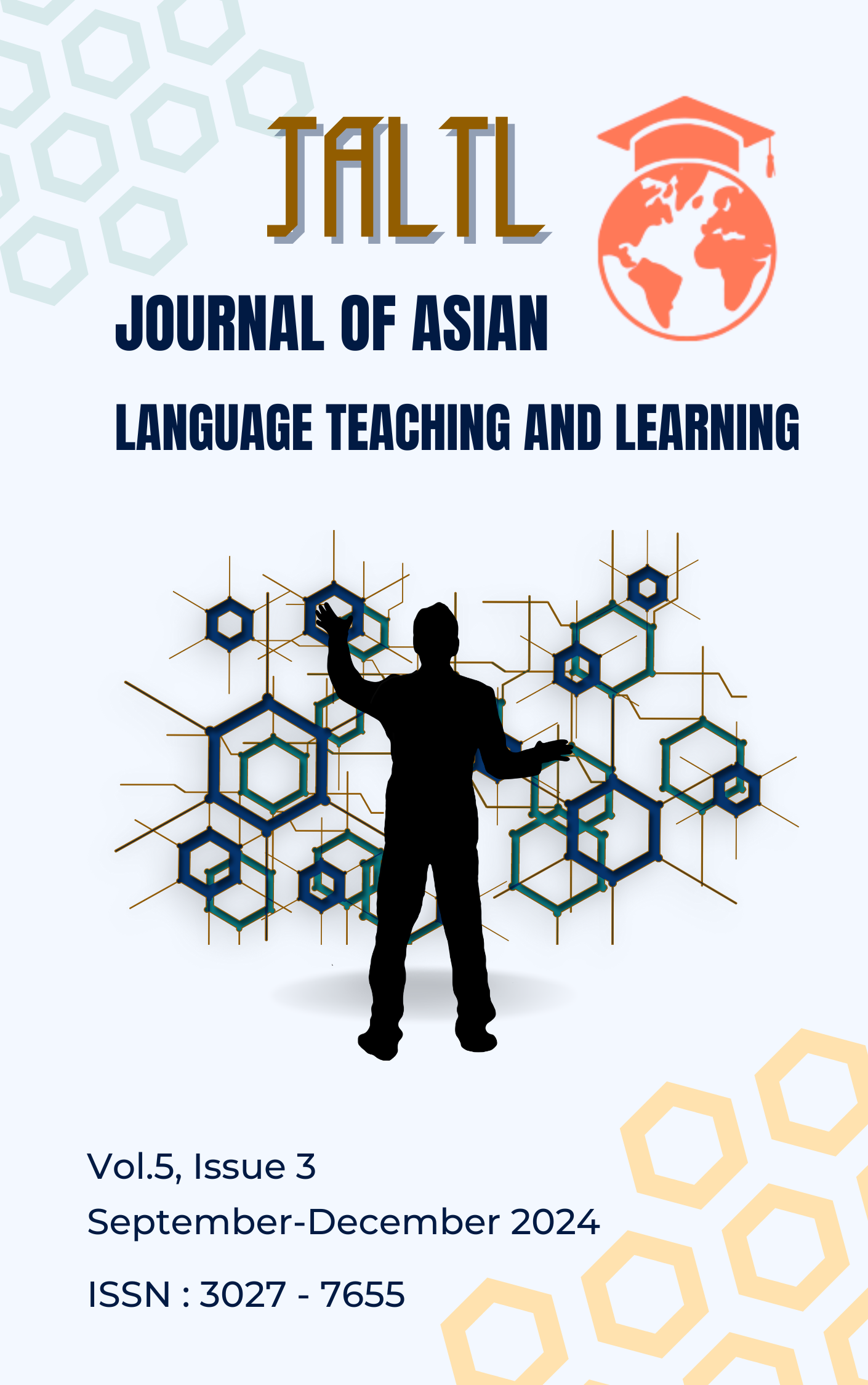Effectiveness of English Reading Development Using Computer Assisted Instruction on Covid-19 Prevention for Grade 9 Students of Watbansang School in Ayutthaya
Main Article Content
Abstract
The aim of this study was to: 1) study content-based learning grammar participation in the English class of eighth-grade students at IBEC High School in Sagaing City, Myanmar; 2) To develop content-based learning grammar participation in the English class of eighth-grade students at IBEC High School in Sagaing City, Myanmar, 3) To test the effectiveness of content-based learning grammar participation in the English class among grade eight students at IBEC High School in Sagaing City, Myanmar; and 4) To evaluate lesson-learned content-based learning grammar participation in the English class among grade eight students at IBEC High School in Sagaing City, Myanmar. The English class was attended by 40 eighth grade students at IBEC High School in Sagaing City, Myanmar. The study uses research and development (R&D) methodology, focusing on ensuring the rigour and effectiveness of the intervention being studied as well as maximising the potential for meaningful lessons to be learned from the research. The instrument was questionnaires related to category level of content-based learning in English grammar, the developing model and satisfaction from students through the model, the manual for guiding content-based learning in English grammar, the lesson plan of content-based learning in English grammar, the pre-test and post-test of the content-based learning in English grammar, and a questionnaire of the student’s satisfaction with the manual for guiding content-based learning in English grammar. These instruments were designed for grade eight students at IBEC High School in Sagaing City, Myanmar. The computation approach utilised percentage, mean, and standard deviation functions inside the Microsoft Office Excel programme. In this study, the average values for the category level of students’ actions and opinions before content-based learning in English class were found to be 4.00 and 2.00, with standard deviations of 0.46 and 0.47, respectively. The average values for the questionnaire on students’ actions and opinions in English class were 1.90 and 4.88, respectively, with standard deviations of 0.76 and 0.56. Students in grade 8 English class show a preference for content-based learning.
Article Details

This work is licensed under a Creative Commons Attribution-NonCommercial-NoDerivatives 4.0 International License.
References
Alptekin, C., Erçetin, G., & Bayyurt, Y. (2007). The Effectiveness of a Theme-Based Syllabus for Young L2 Learners. Journal of Multilingual and Multicultural Development, 28(1), 1-17.
Banegas Darío Luis. (2012). Integrating Content and Language in English Language Teaching in Secondary Education: Models, Benefits, and Challenges. Studies in Second Language Learning and Teaching, 2(1), 111-136.
Bobe, B. J., & Cooper, B. J. (2019). The effect of language proficiency on approaches to learning and satisfaction of undergraduate accounting students. Accounting Education, 28(2), 149-171.
Brown, H. Douglas. (2001). Teaching Methods in the Language Classroom. Modern Language Teaching. 5(2).
Claire Kramsch. (2002). Language Acquisition and Language Socialization: Ecological Perspectives. London: Continuum, p. 1-31.
Clark Urszula. (2010). “Grammar in the Curriculum for English: What Next?”. Changing English, 17(2), 189-200.
Elmayantie, C. (2015). The use of grammar translation method in teaching English. Journal on English as a foreign language, 5(2), 125-132.
Glory Mei Sabandal Cerna. (2023). Enriching students’ language skills for grade 8. Electronic Journal of Education, Social Economics and Technology, 4(2), 72-81.
Halim, Afendi. (1999). English Language Mastery and Its Implications. Journal of Language Studies, 1.
Jerome S. Bruner. (1960). The Process of Education. Cambridge: Harvard University Press.
Johnson, D. W., & Johnson, R. T. (1978). Cooperative, competitive, and individualistic learning. Journal of Research & Development in Education, 12(1), 3–15.
Khin Su Su Win. (2021). The English Language Teaching Approach and the Challenges Presented by Myanmar ELT Teachers. International Journal of Science and Research (IJSR), 10(1), 7-28
Kunah Amrullah. (2022). The effect of grammar mastery and learning motivation on English speaking ability. Foreign Language Instruction Probe, 1(1), 23-28.
Lestari, A. D., & Ningrum, A. S. B. (2022). Active Learning: Monopoly as a Media in Teaching Grammar for Eight Grader Students. Journal of Languages and Language Teaching, 10(2), 256-265.
Mahsar, L. (2020). Teaching English Using Content-Based Instruction (CBI) in Improving Students’ English-Speaking Skill (A Classroom Action Research in the Second Grade Students of PoltekparLombok). Journal Ilmiah Hospitality, 9(2), 241-254.
Mi Chan Htaw. (2018). A Study of Level of Learner Autonomy in English Language Learning Perceived by Students and Teachers at Myanmar Migrant High Schools In Mae Sot(Master’s Thesis). Graduate School, Assumption University, p. 2.
Myint Mo Tun. (2018). Educational reform in Myanmar: a case of two technological universities(Master of Arts, Asia Pacific Studies). Thammasat Institute of Area Studies Thammasat University.
Prosser, M., & Trigwell, K. (1999). Understanding learning and teaching. McGraw-Hill Education (UK).
Sacal, P. G. Y., & Potane, J. D. (2023). Students’ Mastery of English Grammar towards Effective Writing and Speaking Competence. International Journal of Multidisciplinary: Applied Business and Education Research, 4(8), 2894-2904.
Zohrabi, M., Torabi, M. A., & Baybourdiani, P. (2012). Teacher-centered and/or Student-centered Learning: English Language in Iran. English Language and Literature Studies, 2(3), 18-30.

